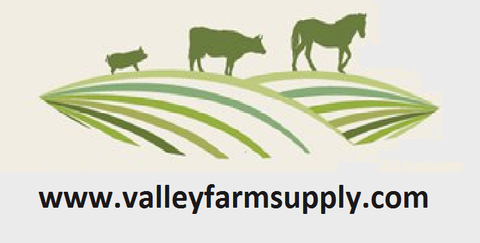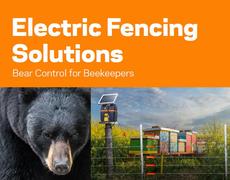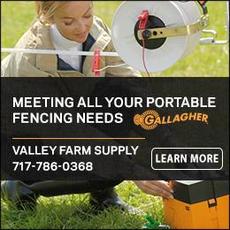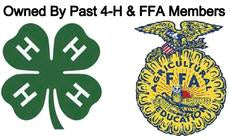- Digital fault finders for electric fence.
These are great tools to have on any size farm or ranch that relies of electric fence to keep animals or livestock safe a secure. There are 2 kinds you should consider if this is what you need.
First is the Gallagher Smartfix. This is a great product which costs around $100. It comes with a ground probe which you insert into the soil, and acts as the ground. The Gallagher display is then placed against the electric fence wire. The digital readout will give you electric fence voltage and also show amperage, that the fence charger is producing, if there is power loss on the fence. Arrows will appear in the direction of any faults where loads are detected. You should head in the direction of the arrow until you find and correct the electric fence short. It may be a broken insulator, arcing onto the fence post, or vegetation on the fence wire.

The second fault finder we recommend is the Speedrite Fault Finder. This unit costs about $130. This unit is made by Trutest and may also be called a fence compass. The Fence Compass is a Stafix brand and green in color. The Speedrite Faultfinder is red and is the same device. The Speedrite product number is ST100, An advantage with this electric fence tester is that you hold the unit in your hand and you act as the ground. This lets you, quickly and easily walk the fence line, to correct any problems and keep you fence at peak performance. A down fall is that you cannot check current out of you fence controller with the electric fence disconnected like you can with the Gallagher Smartfix.
- Remote Control/Digital Fault finders.
Electric Fence remotes are great tools to have on any size farm or ranch that relies of electric fence to keep animals or livestock safe a secure. Mostly you will have these if you purchase a smart energizer that the remote works with. There are 2 kinds you should consider if this is what you need.
Gallagher offers the I Series remote/ fault finder that accompanies the Gallagher I Series of energizers. These are smart fence energizers that offer very cool ways to show if there is any problem in an electric fence. Remotes allow you to turn off the energizer while you make repairs or move animals to different pastures. The I series chargers include the M1800i and M2800i.

The Speedrite Remote Fault Finder, product number ST102, is similar and also acts as a remote control for Speedrite RS Fence Chargers. See them here.
- Digital Voltmeters.
Also known as DVM’s, Gallagher Digital voltmeters show the voltage of your electric fence on a digital readout display. Most will show in kilovolts or KV’s. A fence with 7.2 Kv’s is producing 7200 volts on the fence at that place in the electric fence. Most cattle and livestock fences should have at least 5000 volts energizing the fence to keep the animals in our predators out. Gallagher offers a very good DVM and can be found here for about $50. Do not use a voltmeter made for household current or any other electric current measuring device. Electric fence voltmeters are made to handle the high voltage and pulse of modern electric fence chargers.

- 5 light testers or neon testers.
5 light electric fence testers are a simple and affordable way to determine the voltage of the fence. You stick the ground probe in the soil and the head to the fence. A row of lights with illuminate showing the fence voltage. The tester will blink with the pulse of the fence charger. It is better than a guess and can be a good tool for the farm.
- Single light testers.
Single light fence testers are the most basic way to test your fence for current. These are inexpensive and handle to have to quickly check if the fence is on. You will not be able to check voltage or amperage. We offer these free when you purchase a fence chargers from Valley Farm Supply. We include them with most energizer orders and area nice gift to people new to electric fencing.
- Blade of grass electric fence testing.
Testing an electric fence with a blade of grass is very low tech. It will let you know if its working but nothing else. Pluck a long blade of grass and put the tip on the fence wire while holding the other end. Slowly push the blade closer to the wire until you feel a slight pulse of current. That’s about it. Every farm kid in the country has done it and it’s a good way to know if the fence is on and you will be shocked.
- GIAG, also known as, Grab it and Growl.
We do not recommend this method for testing your electric fence!! It is simple and easy but can really hurt you… This is how it works. Grab your electric fence, the current shocks you hard and it hurts bad. You yell, OUCH!, and jump back from the fence. Yep, the fence is working! You don’t know how strong it is but you got a nice shock.
Visit our website here and order the correct fence tester for your farm. Be thankful you are living and have a good day.













